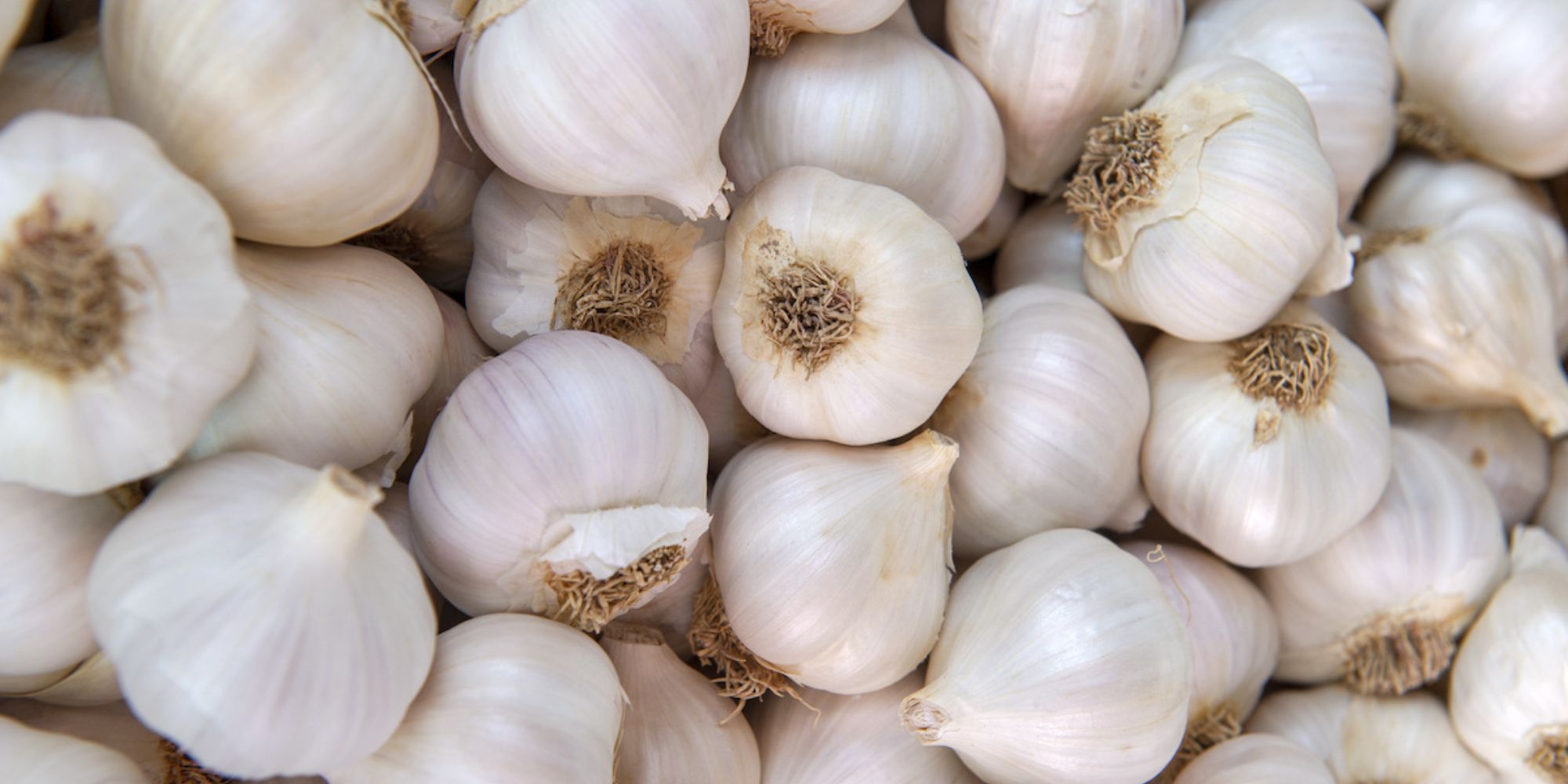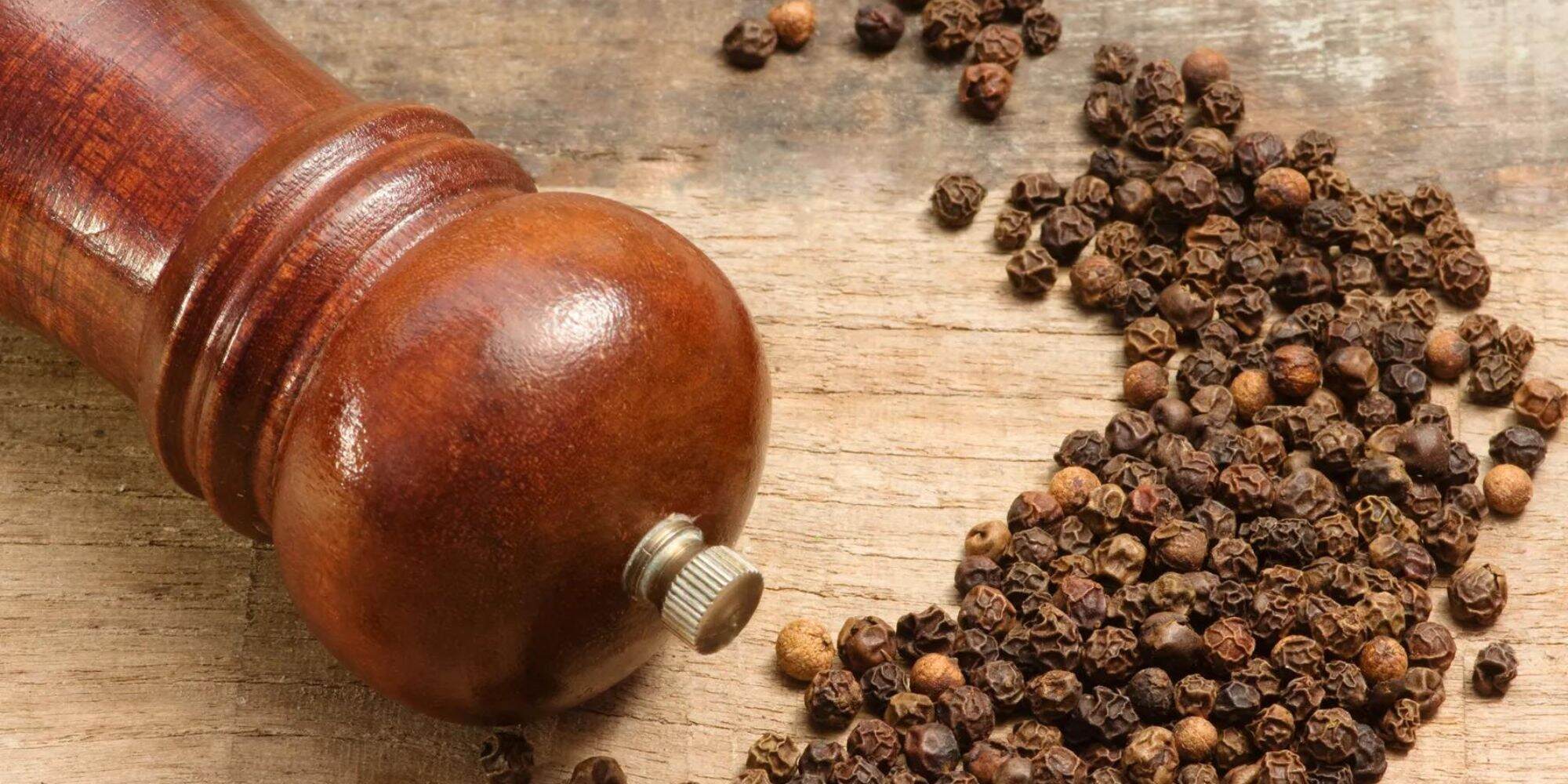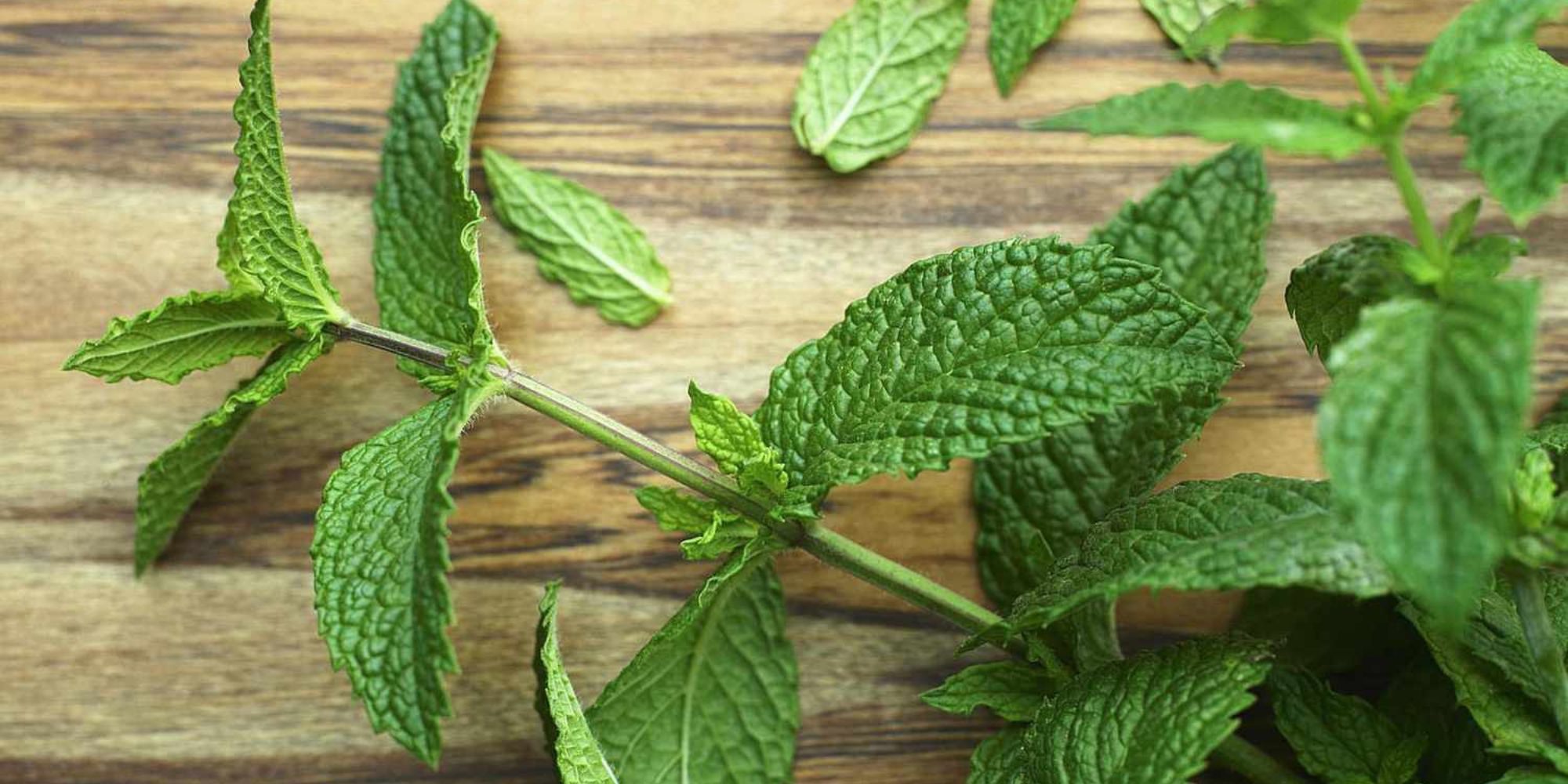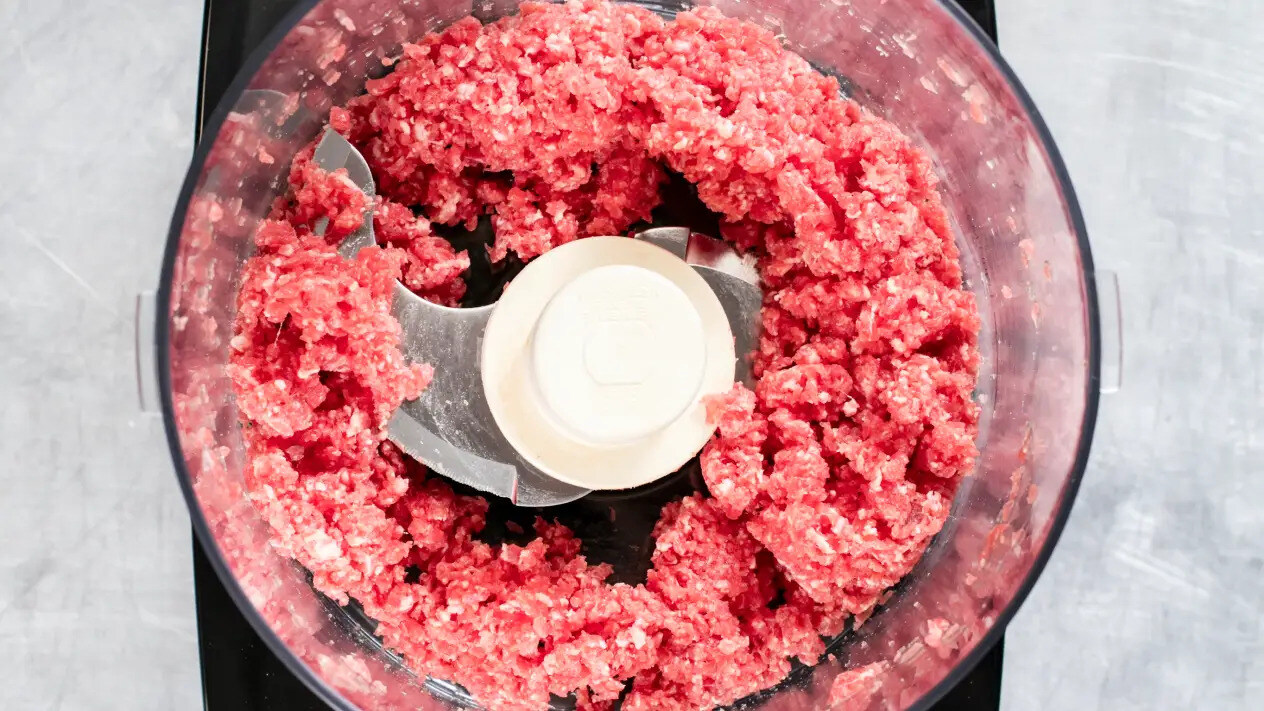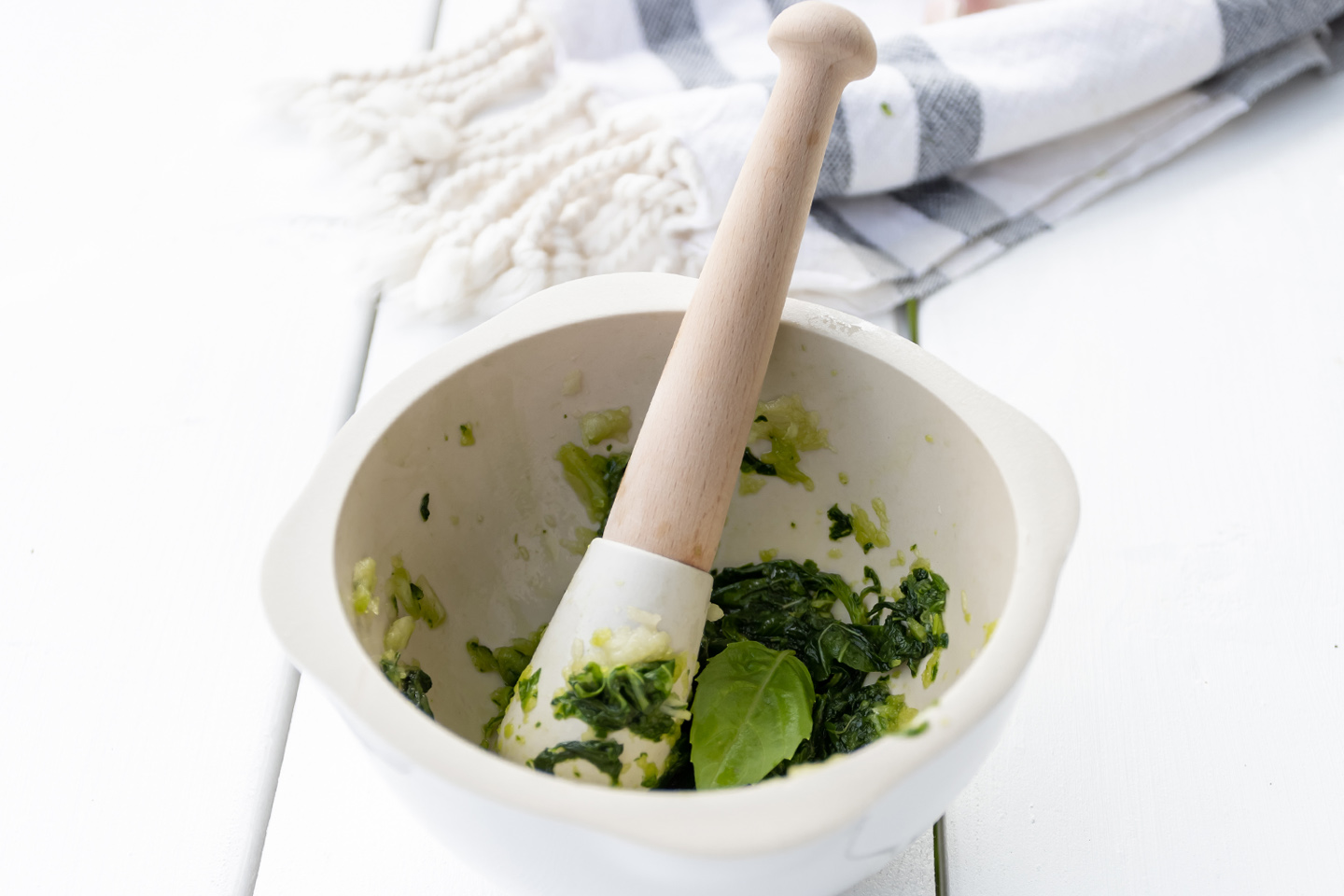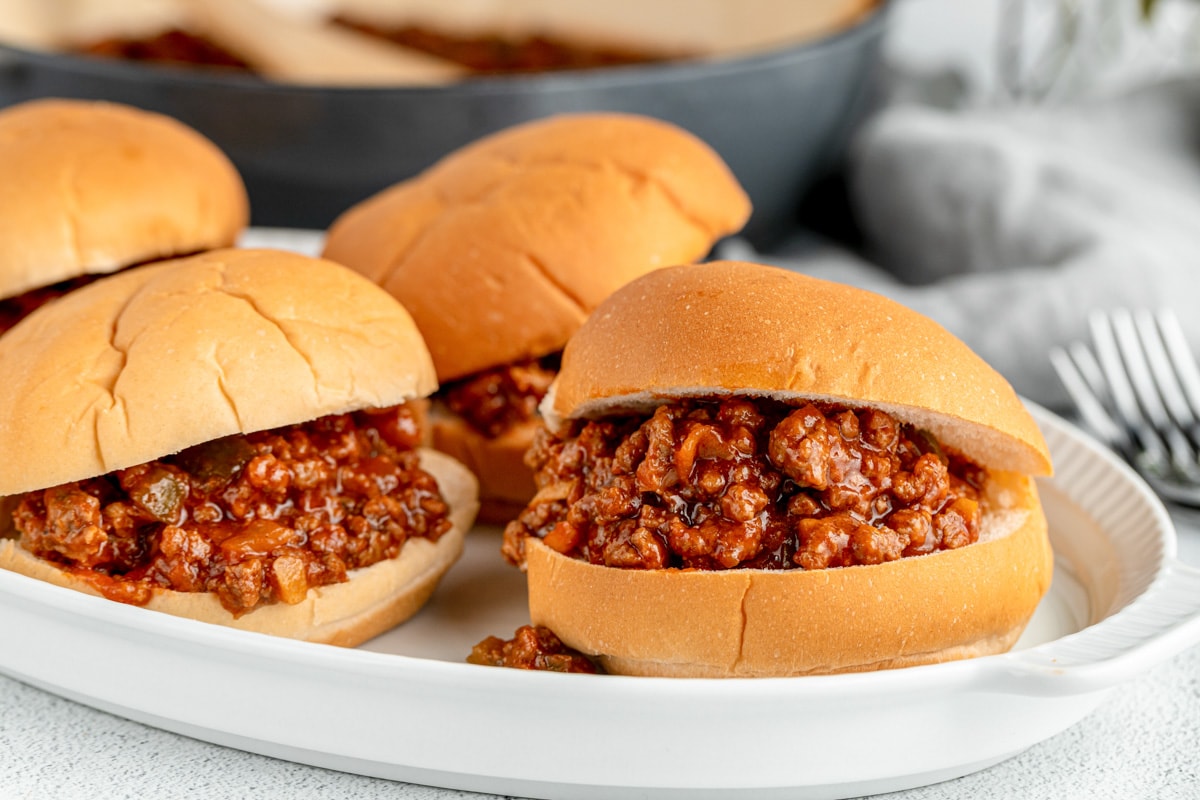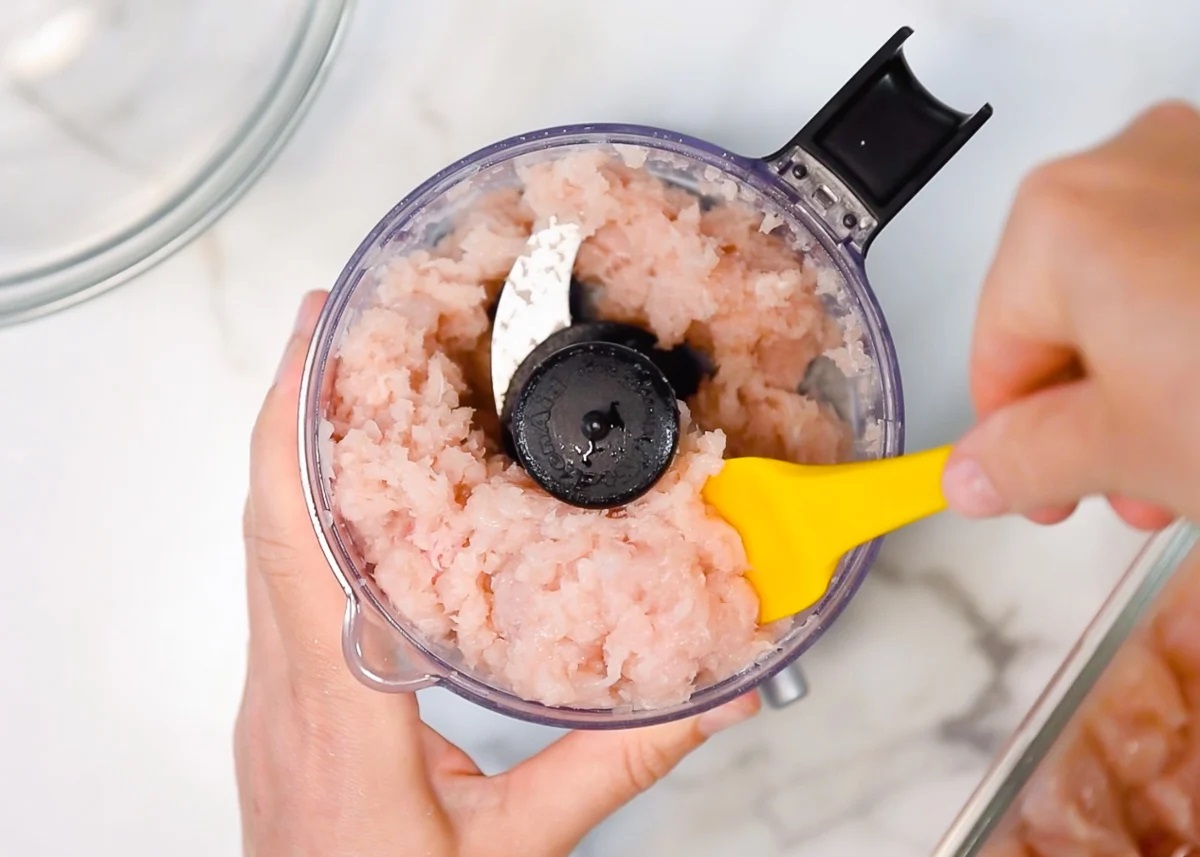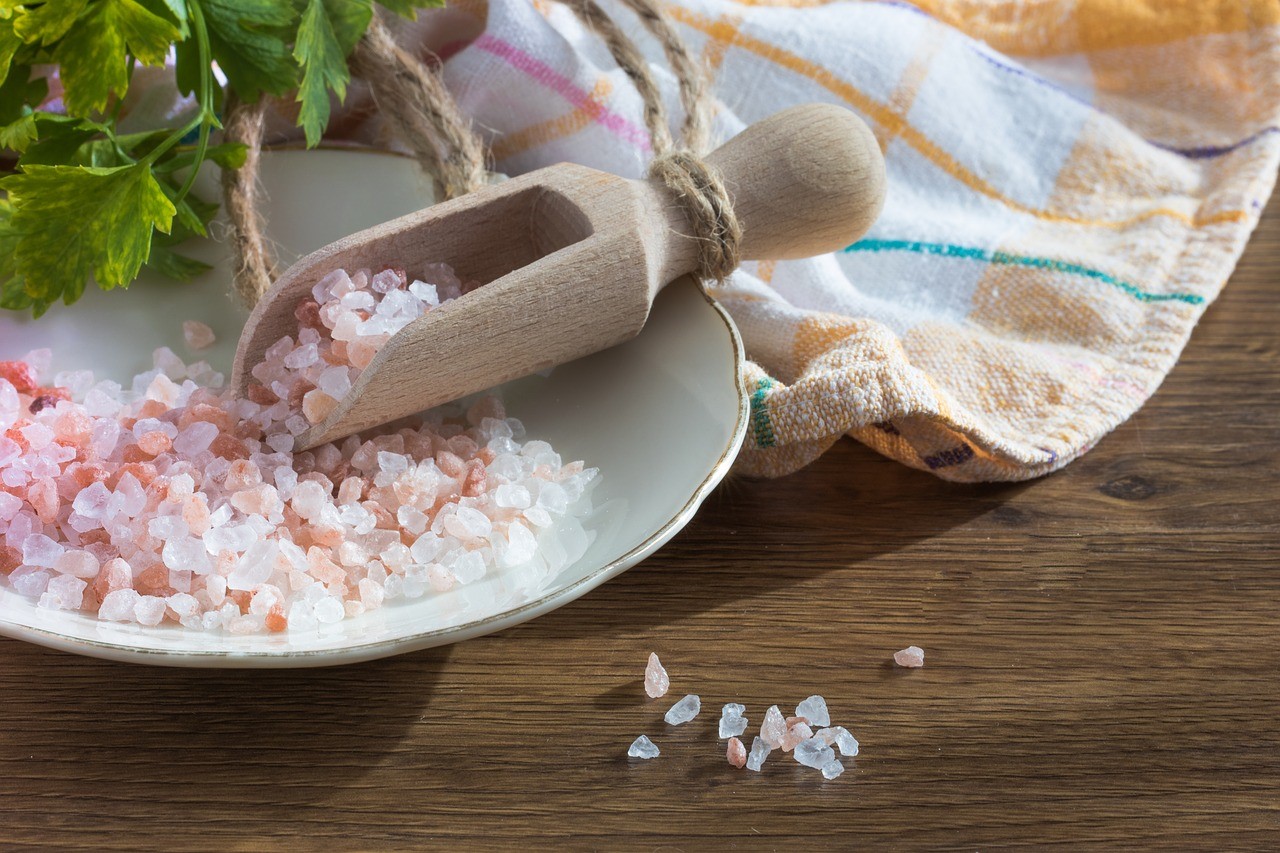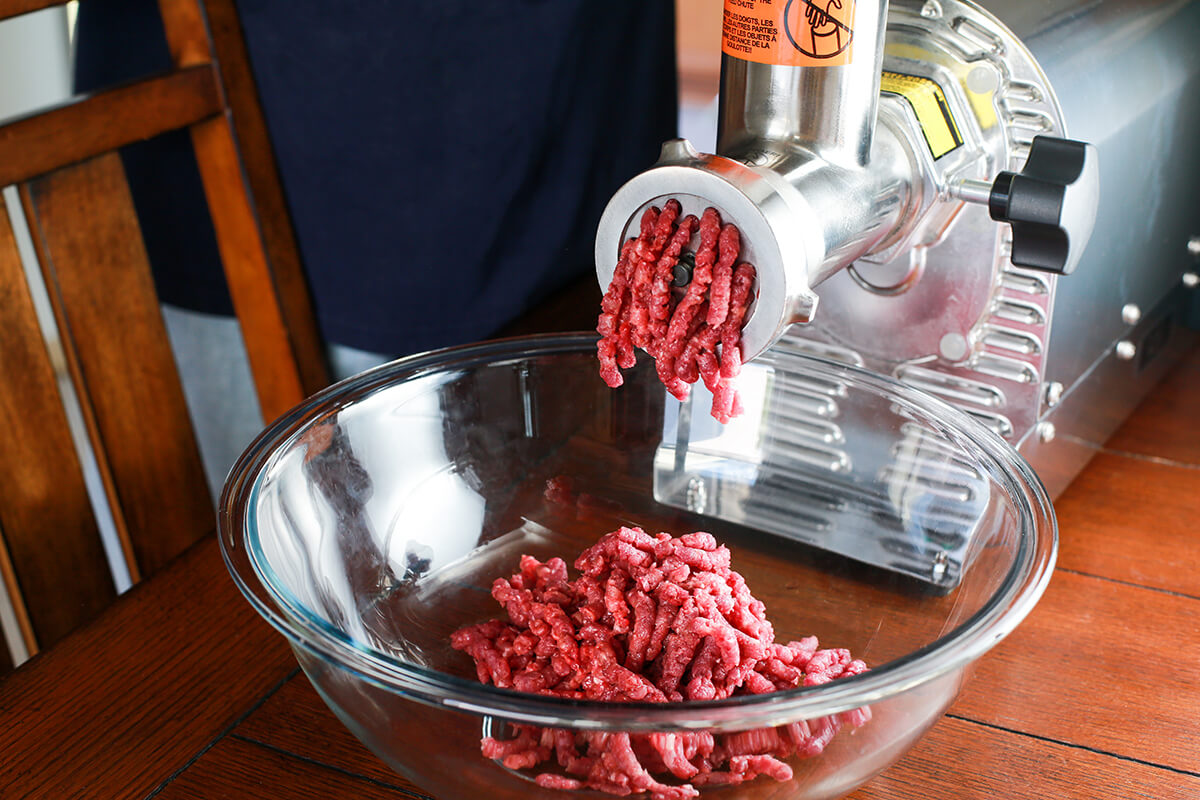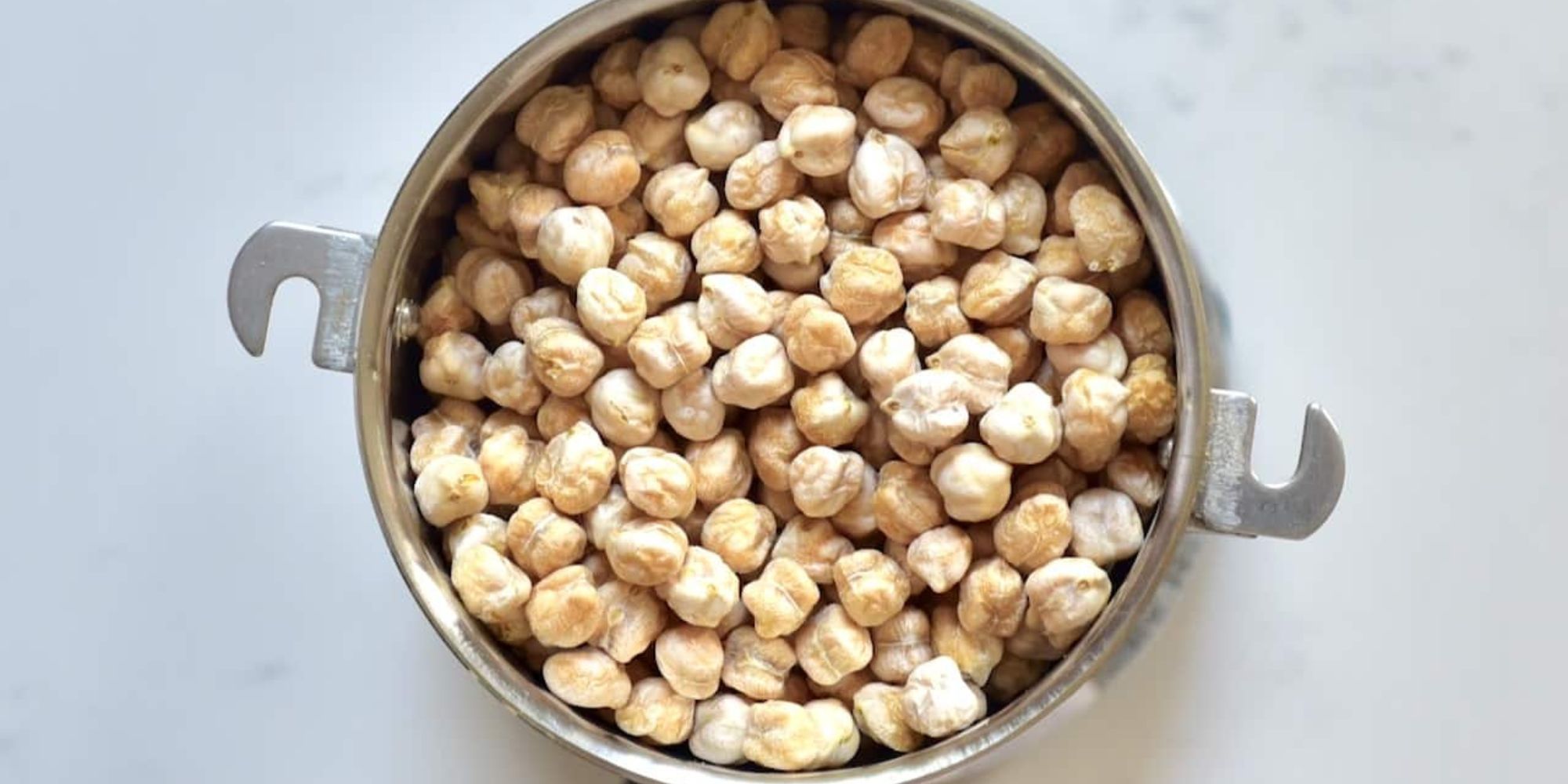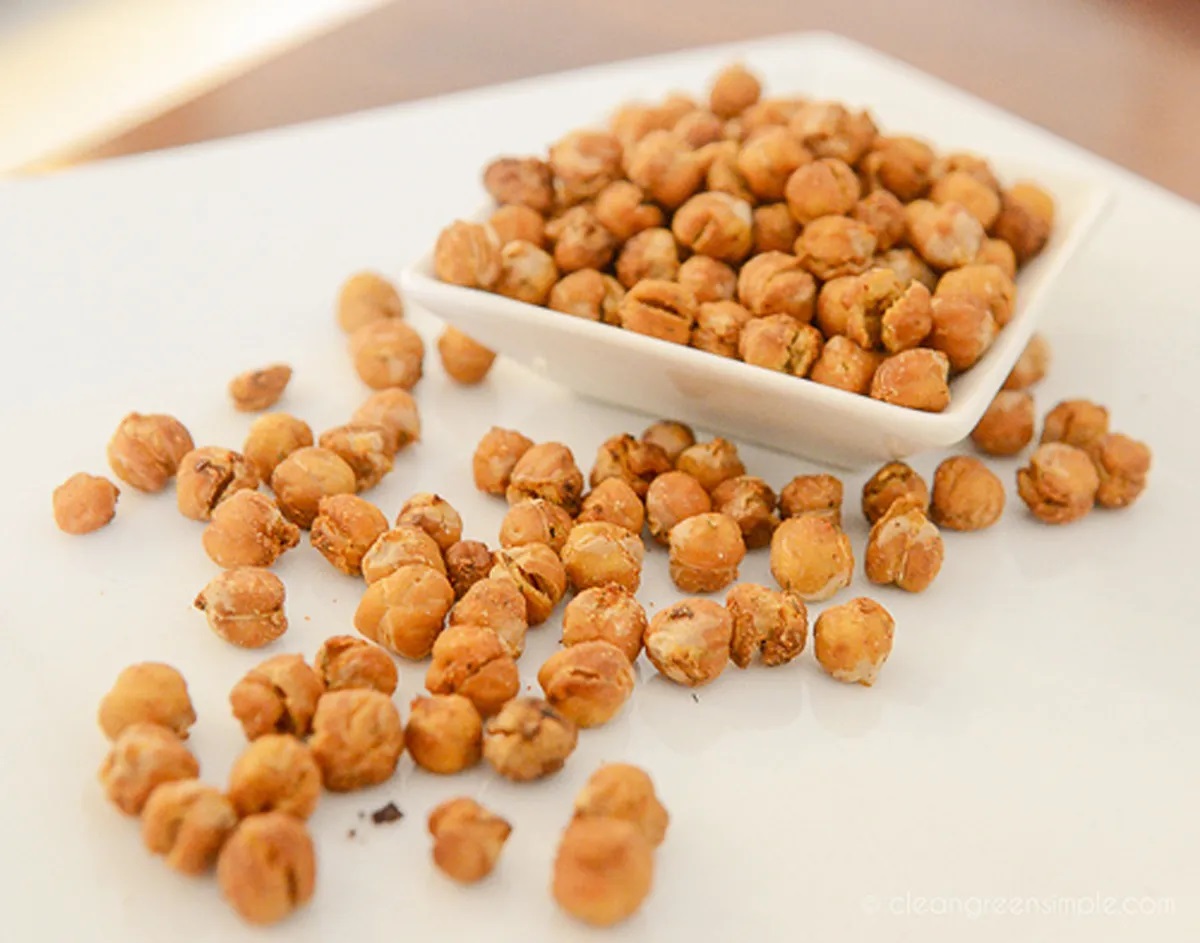Garlic is a staple ingredient in many cuisines around the world. Its pungent flavor and aroma can add depth and complexity to a wide variety of dishes, from pasta sauces to stir-fries. One of the best ways to release the full flavor of garlic is by grinding it. Grinding garlic not only helps to bring out its intense flavor but also creates a smooth and uniform texture that can enhance the overall taste of your dish. In this guide, we'll explore the various methods and techniques for grinding garlic to perfection.
Why Grind Garlic?
Grinding garlic is a simple yet effective way to extract its potent flavor. When garlic is crushed or ground, it releases enzymes that react with the air, intensifying its taste and aroma. This process also helps to break down the garlic's cell walls, releasing its natural oils and creating a smooth, paste-like consistency. Whether you're making a marinade, sauce, or seasoning, grinding garlic can take your culinary creations to the next level.
Methods for Grinding Garlic
There are several methods you can use to grind garlic, each with its own advantages. Here are some popular techniques to consider:
-
Using a Garlic Press: A garlic press is a handy tool designed specifically for grinding garlic. Simply place a clove of peeled garlic into the chamber and squeeze the handles together. The garlic will be forced through small holes, resulting in finely minced garlic with minimal effort.
-
Using a Mortar and Pestle: A traditional mortar and pestle can be used to grind garlic by hand. Place a peeled clove of garlic in the mortar, then use the pestle to crush and grind it into a smooth paste. This method allows you to control the texture of the garlic and is ideal for creating a coarse or fine grind, depending on your preference.
-
Using a Knife and Salt: For a quick and easy method, you can grind garlic using a knife and salt. Sprinkle a small amount of salt over a peeled clove of garlic, then use the side of the knife blade to crush and grind the garlic against the cutting board. The salt helps to create friction, breaking down the garlic and forming a paste.
-
Using a Food Processor: If you need to grind a large quantity of garlic, a food processor can be a time-saving option. Simply peel the garlic cloves, place them in the food processor, and pulse until the desired consistency is achieved. Be mindful not to over-process the garlic, as it can quickly turn into a watery puree.
Tips for Grinding Garlic
To achieve the best results when grinding garlic, consider the following tips:
- Use Fresh Garlic: Fresh garlic will yield the best flavor and texture when ground. Look for firm, plump garlic bulbs with unbroken skin for optimal results.
- Peel the Garlic: Always remove the papery skin from the garlic before grinding. This will ensure a smooth and uniform texture without any unwanted bits of skin.
- Add Salt: When using a mortar and pestle or knife and salt method, adding a small amount of salt can help to create friction and aid in the grinding process.
- Control the Texture: Depending on your recipe, you may prefer a coarse or fine grind. Adjust your grinding method to achieve the desired texture for your dish.
Storing Ground Garlic
Once you've ground garlic to perfection, you may find yourself with more than you need for a single recipe. Fortunately, ground garlic can be stored for future use. Here's how to store it properly:
- Refrigeration: Place the ground garlic in an airtight container and store it in the refrigerator for up to one week. This will help to preserve its freshness and flavor.
- Freezing: For longer-term storage, consider freezing the ground garlic in ice cube trays. Once frozen, transfer the garlic cubes to a resealable freezer bag. This method allows you to portion out small amounts of ground garlic as needed.
In Conclusion
Grinding garlic is a simple yet impactful technique that can elevate the flavor of your dishes. Whether you opt for a traditional mortar and pestle or a modern garlic press, mastering the art of grinding garlic can open up a world of culinary possibilities. Experiment with different methods and textures to discover the perfect grind for your favorite recipes. With a bit of practice and the right tools, you'll be well on your way to unlocking the full potential of this versatile ingredient.
